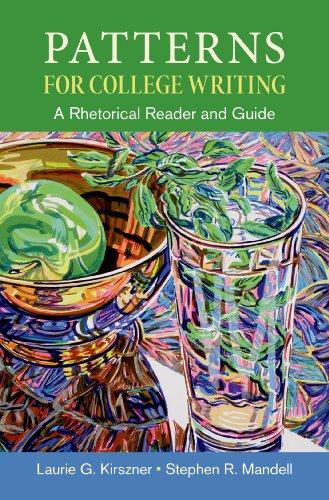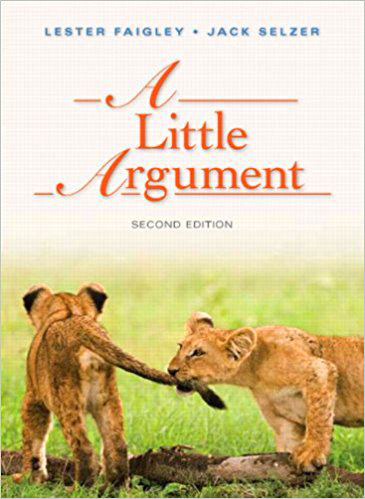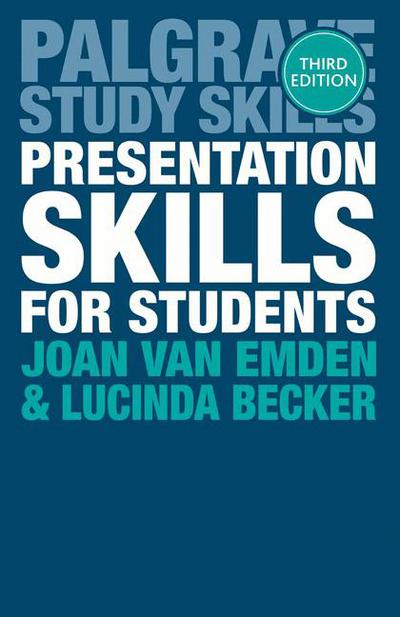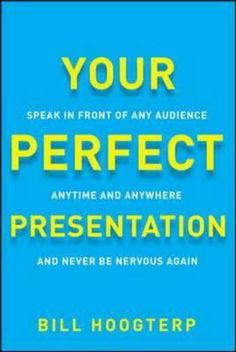
|
The book demonstrates the interplay between reading, analytical, argumentative, and research skills, helping you understand the process of constructing a robust argument. You will be guided to examine different types of arguments with abundant examples. Revision checklists, readings with questions, and recommended resources at chapter-ends are useful for consolidating your knowledge through self-learning.
Highlights include Understanding the Basic of Arguments (pp. 70-78), Writing Effective Arguments (pp. 98-111), Arguments about Cause (pp. 224-231), and Problem/Solution Arguments (pp. 241-247).
|
 |
The book guides university students to write not only argumentative essays, but also other common types of essays. The general writing process is elaborated in Part 1 whilst a variety of essays are examined in Part 2. In the Argumentation section, you will learn how to develop a thesis, deal with the opposition, use deductive and inductive arguments, and structure an essay. Plenty of examples and exercises are provided throughout the book.
Highlights include Drafting and Revising (pp. 65-76), Editing and Proofreading (pp. 81-94), Argumentation (pp. 401-425), Combining the Patterns (pp. 487-526).
|

|
Offering a quick overview on writing arguments, the book begins with some key concepts about arguments and then guides you to craft arguments in a step-by-step manner. You will learn how to construct definition, casual, evaluation, rebuttal, and proposal arguments by completing section-end writing exercises.
Highlights include agreeing and disagreeing with a source (pp. 52-54), recognising fallacies (pp. 55-56), stating and evaluating your thesis (pp. 62-63), rebuttal arguments (pp. 106-113).
|

|
This book aims to help university students to deliver presentations clearly and confidently. Featuring presentation skills for various occasions, you will learn how to adjust your presentation style when speaking in tutorial sessions, presenting individually, and presenting as a group. With interesting exercises and helpful checklists, you will enhance your presentation skills including both verbal and non-verbal communication.
Highlights include Speaking as Part of Your Course (Ch. 4), Speaking as Part of a Group (Ch. 5), and Speaking as a Student Representative (Ch. 6).
|

|
Featuring tips, techniques, and exercises about delivering presentations, this book will help you enhance your public speaking skills through understanding the stage mechanism. With practical tips and vivid illustrations, you will learn how to overcome the stage fright, engage or even captivate the audience using your voice, body language, and story-telling techniques.
Highlights include Weak Language: Cut It Down (pp. 47-54), Strong Language: Build It Up (pp. 55-66), Harmonize Your Body Language (pp. 99-110), and Involve the Audience: Wave of the Future (pp. 157-168).
|

|
Covering a wide range of topics in public speaking, this book serves as a comprehensive guide to presentations for university students. Every necessary stage in preparing, delivering, and evaluating a presentation is explained in detail. With ample examples, scenarios, and annotated speeches throughout the book, you will enhance your presentation skills in multiple aspects. You will also learn how to make impactful speeches in special occasions and business settings.
Highlights include Selecting Your Topic and Purpose (Ch. 3), Selecting and Testing Support Materials (Ch. 5), Delivering Your Speech (Ch. 10), and Using Presentation Aids (Ch. 11).
|